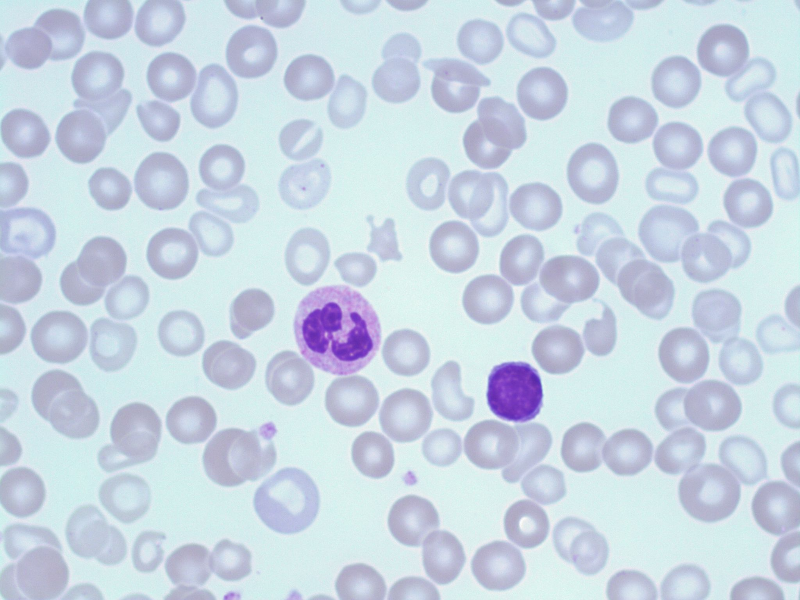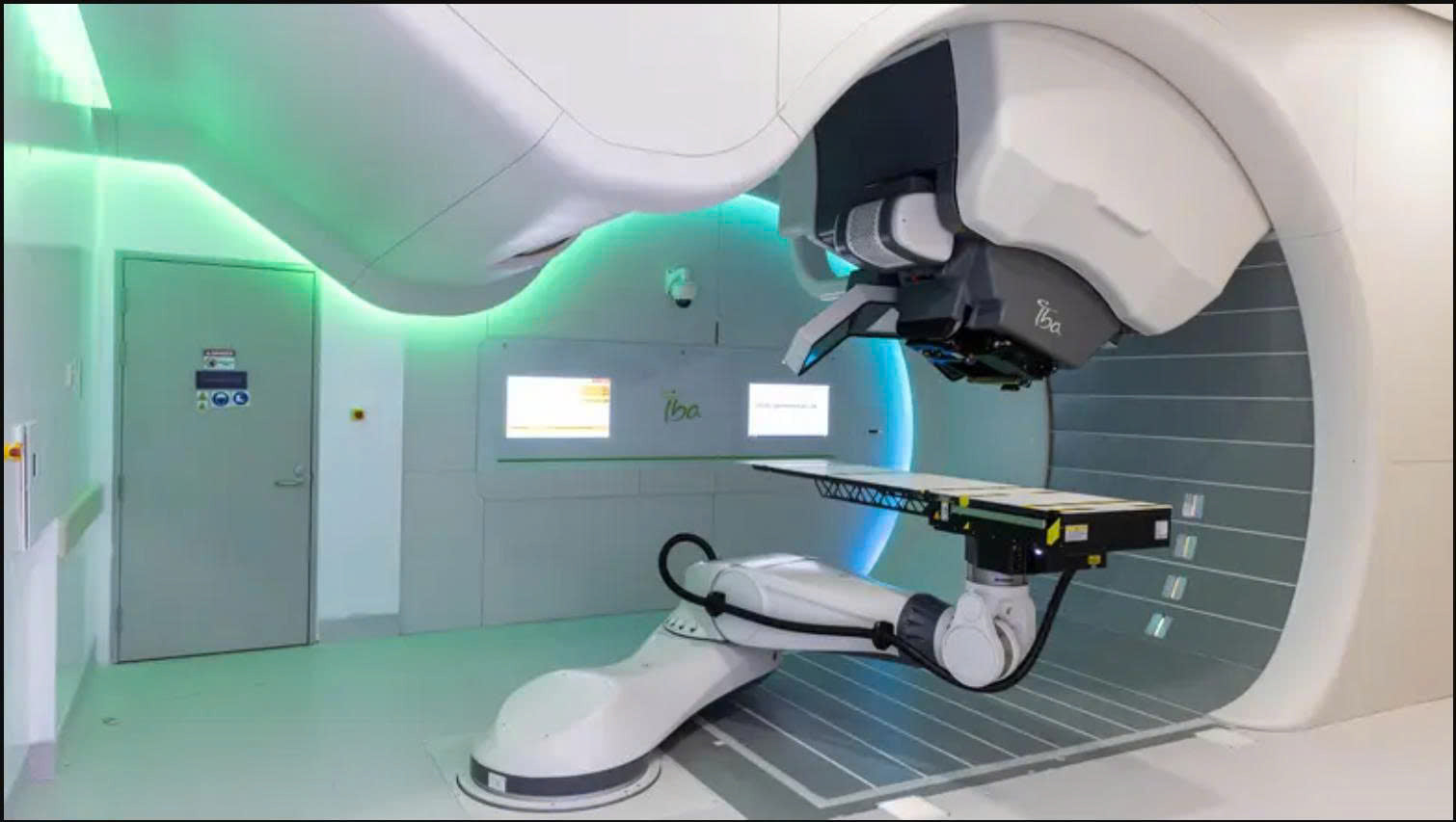Acute lymphoblastic leukemia (ALL) in children

What is acute lymphoblastic leukemia (ALL) in children?
Acute lymphoblastic leukemia (ALL) is a type of blood cancer. It develops in the lymphatic system and is the most common cancer in children from birth to 18 years of age.
This cancer disrupts the production of normal blood cells. Because leukemia cells circulate in the bloodstream, any organ can be affected.
Types of acute lymphoblastic leukemia
Acute lymphoblastic leukemia can be grouped into two main types:
- ALL B cells
- ALL T cells
Each year, about 30 to 40 out of every million children are diagnosed with ALL. One in three children diagnosed with cancer will have ALL.
What are the symptoms of acute lymphoblastic leukemia (ALL) in children?
If your child has ALL, he or she may have symptoms caused by a lack of normal blood cells in the blood. He or she may:
- Appears to tire easily and looks pale due to low red blood cell counts
- Reduced appetite and weight loss
- Easy bruising or bleeding due to low platelet levels
- Recurrent infections or fevers due to insufficient numbers of mature white blood cells
- Have bone or joint pain
- Lumps due to swollen lymph nodes
What causes acute lymphoblastic leukemia (ALL) in children?
The cause of ALL in children is still unknown.
How is acute lymphoblastic leukemia (ALL) in children diagnosed?
The doctor will first perform a physical examination to check for swelling and to see if any vital organs are affected.
In addition, the following tests may be needed:
- Blood test. The test involves taking a blood sample to do a complete blood count (CBC) for red blood cells, white blood cells, and platelets. The cells will be examined under a microscope. In most cases, ALL can be diagnosed by directly examining the blood cells.
-
Bone marrow aspiration . Your doctor will take a small sample of bone marrow from your hip bone for testing. Examining the cells under a microscope will help confirm the diagnosis of ALL. Additional tests will also be done on the bone marrow sample:
- Immunophenotyping . This is a test that looks at the immune appearance of leukemia cells. The results provide a final diagnosis of ALL and rule out other diagnoses such as acute myeloid leukemia and acute mixed leukemia, which can look identical to ALL under the microscope.
- Oncogene fusion transcripts . The test targets several key genetic aberrations in leukemia cells and can provide important information for predicting treatment response and outcome.
- Cytogenetics . Chromosomal rearrangements and changes in leukemia cells can also provide information that helps predict treatment response and outcome.
- T-cell receptor and immunoglobulin H-chain rearrangements . Each child's ALL has a specific genetic change that can be seen in the T-cell receptor gene and/or the immunoglobulin heavy chain gene. By monitoring specific mutations, the amount of leukemia cells remaining in the bone marrow after treatment can be measured. Monitoring minimal or measurable residual disease (MRD) is one of the best treatment measures to improve treatment outcomes in children with ALL.
- RNA sequencing . The use of next-generation sequencing to characterize the genetic makeup of leukemia cells is the latest technology to further subdivide childhood ALL into different groups. This new ALL subgrouping may provide new and precise insights into choosing the best treatment or combination of treatments, so that each child can receive personalized treatment that is in their best interests.
- Cerebrospinal fluid (CSF) test . Your doctor will collect a small sample of fluid circulating in your central nervous system in a procedure called a lumbar puncture. The test will check for the presence of leukemia in your brain. The results will be used to plan appropriate treatment.
How is acute lymphoblastic leukemia (ALL) treated?
Current treatment for childhood ALL is not fixed and is highly individualized. The physician will recommend a treatment plan based on the initial immunophenotype of the ALL and subsequent findings from oncogene fusion transcripts, cytogenetics, and RNA sequencing.
Additionally, treatment adjustments may need to be made from time to time based on the results of minimal residual disease measurements.
Stages in ALL Treatment
Treatment of ALL in children is usually done in 2 phases:
- Initial attack phase Also known as “induction and consolidation therapy,” it aims to rapidly reduce the number of leukemia cells in the body. Once the leukemia cell count becomes undetectable, this is called “complete remission.” This induction phase lasts for the first 7 months in most cases.
- Subsequent maintenance phase consists mainly of oral chemotherapy to prevent the leukemia from coming back. The maintenance phase lasts about 17 months after the initial induction treatment. Most children's lives return to normal during this phase, although they must take oral chemotherapy.
Types of ALL Treatment
-
Chemotherapy . Chemotherapy drugs remain the most powerful treatment for childhood ALL. The drugs are given in different combinations at different times by different routes.
- Oral chemotherapy: Corticosteroids, 6-mercaptopurine, and methotrexate can be taken orally.
- Intravenous injection: Injected or infused directly into the blood
- Subcutaneous injection: Subcutaneous injection
- Intrathecal (spinal) injection: Chemotherapy injections to protect the central nervous system against leukemia invasion
Chemotherapy alone, along with current treatment regimens, can cure 70–90% of children with ALL in countries with advanced medical care.
The following treatment options are reserved for special, complicated, or recurrent cases:
- Radiation therapy . Cranial radiation therapy was once the mainstay of treatment for preventing leukemia from spreading to the central nervous system. This has now been replaced by intrathecal injections. Cranial radiation therapy is now used only in children with CNS leukemia who do not respond well to chemotherapy.
- Hematopoietic stem cell transplantation . Children with ALL usually do not need stem cell transplantation. Stem cell transplantation is only needed if the leukemia cells have certain unfavorable molecular changes or genomic features, or if the disease does not respond well to chemotherapy as measured by MRD. It may also be recommended if there is a relapse after treatment.
- Bispecific T-cell stimulating antibody therapy. This is a synthetic antibody treatment that targets certain types of B-cell ALL. It is often used after leukemia relapses to bring the disease into complete remission more quickly.
- Chimeric antigen receptor (CAR) T-cell therapy. A patient's own T cells can be collected and genetically modified to become killer cells for their own leukemia. The technology is currently used for patients with certain types of B-cell ALL, although it may be possible to apply it to many types of leukemia in the future. CAR-T cell therapy is currently licensed to treat relapsed B-cell ALL in children who have failed stem cell transplant or other specific leukemia treatments.
-------------------------------------------------------------------------------------------
👉 Contact SunCare for medical support and advice as well as professional private jet transportation services 🇸🇬 SUNCARE PTE. LTD SINGAPORE
🏠 Add: 10 Anson Road, #10-11 International Plaza, Singapore 079903
☎️ Hotline: +65 96727717 (Dr. Lien Minh - Director) Zalo, Viber
📨 Email: suncarehealth@gmail.com






